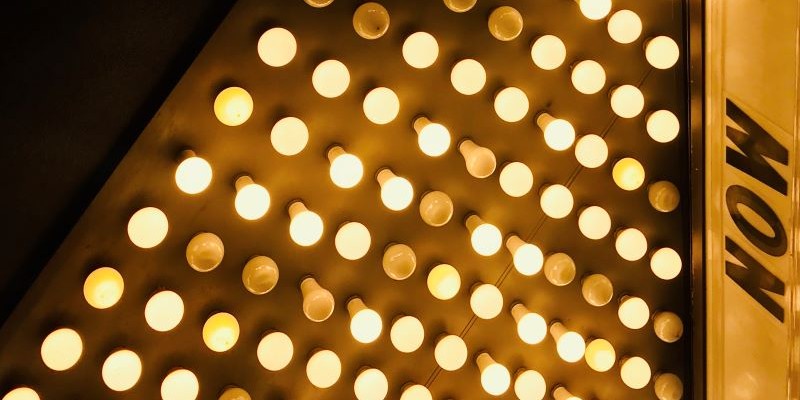As we settled into the cold monotony of an Illinois winter, with holiday jubilations over and New Year’s resolutions long forgotten, we began to wonder what the year 2020 truly held for us as a society. Most thought of it as a promising fresh start into the “Roaring Twenties” of the twenty-first century or a possible redemption from the turmoil brought by the lengthy year of 2019. But as wildfires started spreading around the globe and a seemingly small but infectious disease gained momentum in the Eastern Hemisphere, Mother Nature made sure that the beginning of a new year was no exception.
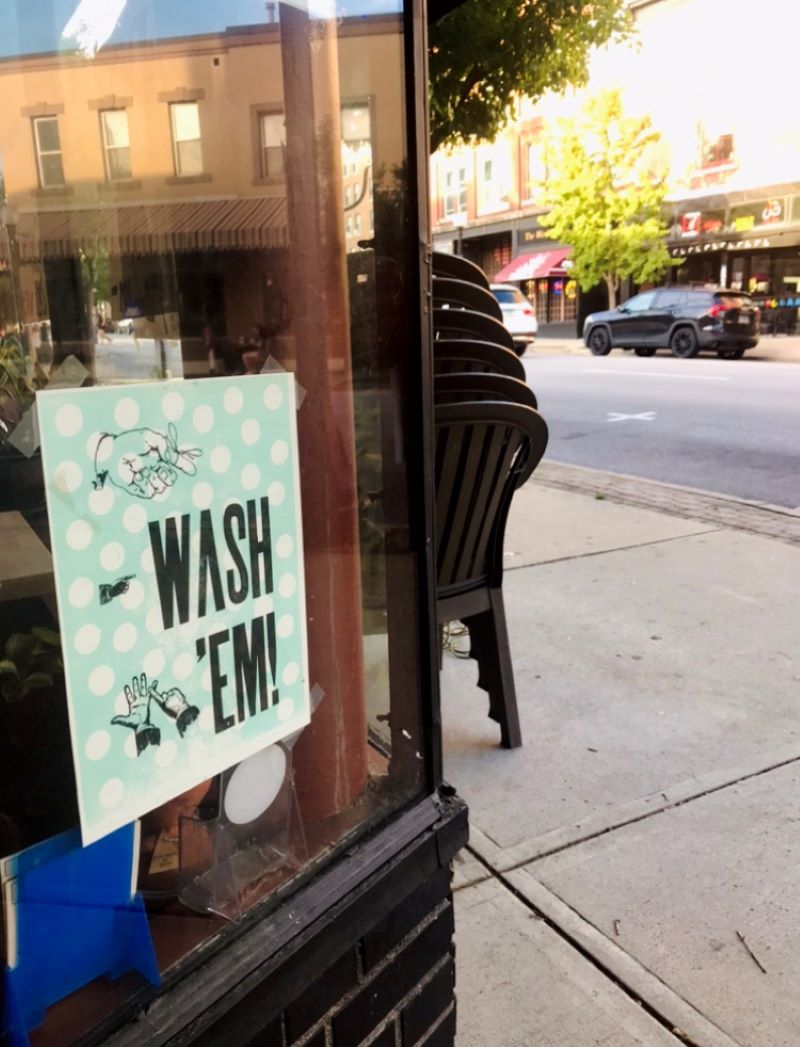
Photo by Grace Brock.
As February progressed, more coverage on the rapidly spreading ‘coronavirus’ was projected into our daily news. Unknowing of the severity, we absorbed it, paying little attention to the speed it was gaining as it began ravaging the globe. As cases of COVID-19 started arriving in the United States, and the first few cases were reported locally, fear finally began resonating in the citizens of Champaign County. So did the fear of running out of toilet paper.
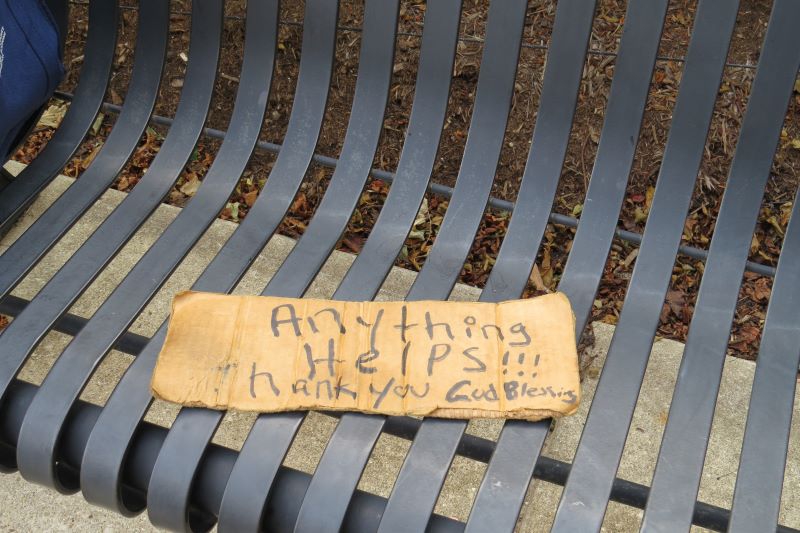
Photo by Ayan Harris.
Businesses began closing, select establishments were deemed “essential,” unemployment rates skyrocketed, and stay-at-home orders instilled panic into the public, which transitioned into over-buying basic necessities and stocking up on household items. With inflated prices and unemployment rates reaching an incredulous 14.7% — the highest it has been since the Great Depression — the economy started spiraling into a recession.
With businesses closing, schools followed suit soon after, first cancelling extracurricular activities and eventually moving all learning online. As the days of the week continued to blend together, the masses of America began converting their homes into classrooms and offices. Parents became impromptu teachers and most social interaction was done over video call. State governments established regulatory COVID protocols, such as face mask requirements and social distancing. Depending on the person, productivity was at a new high, with weight loss plans and whipped coffee trends the conversation of the week. From March to June, daily life consisted of self-quarantining, only leaving the house for necessities, and a spike in revenue for businesses like DoorDash and GrubHub.
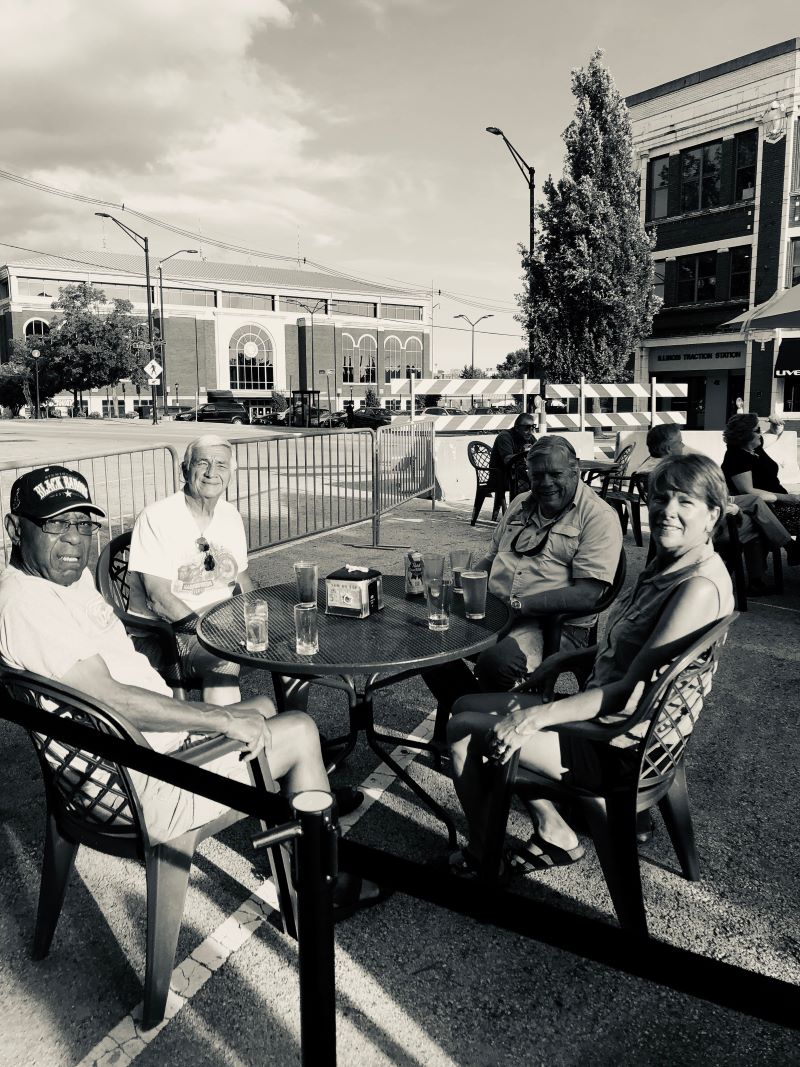
Photo by Kaitlyn Helm.
As May and June progressed, restaurants began reopening for outdoor dining and small gatherings of ten or so people were permitted. Once the City of Champaign opened their restaurants for outside dining, the streets soon became crowded with distanced tables and live music.
Although COVID-19 has consumed almost the entirety of all news coverage these past months, many other issues have arisen in our country and around the world as well. On May 25th, a resident of Minneapolis by the name of George Floyd was wrongfully and brutally murdered by Minneapolis police, which in turn sparked the current national Black Lives Matter Movement, a decentralized movement advocating for non-violent civil disobedience in protest against incidents of police brutality and all racially motivated violence against Black people. Although the Black Lives Matter group was formed in 2013, the events of 2020 have allowed the movement to gain more recognition and prevalence across the country. While George Floyd’s death initially triggered this civil uprising, Black Lives Matter has continued to advocate for other victims of police brutality, including Breonna Taylor, Elijah McClain, and hundreds of others which can be found on https://sayevery.name or by viewing the hashtag #SayTheirNames.
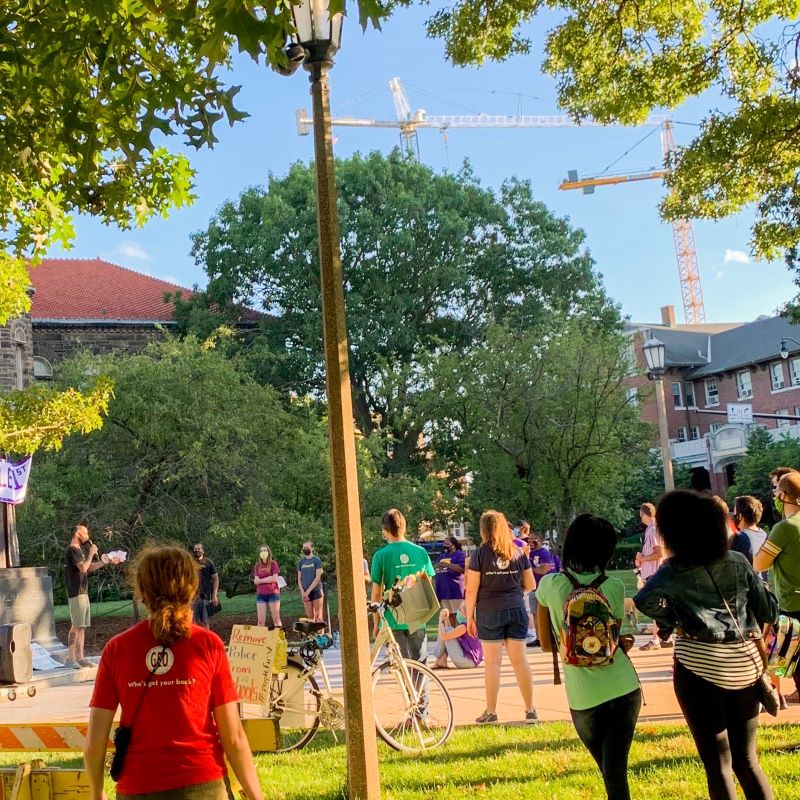
Photo by Gracen Williamson.
Champaign-Urbana witnessed many protests during the peak of this movement and represented one of the biggest protests in the area, an 8-mile march organized by the local activist group “Paign to Peace” with more than 1,000 initial participants.
As the number of cases of COVID-19 in the United States have continued to rise, summer vacation has come to an end. Students, teachers, and parents eagerly awaited school reopening plans for the 2020-2021 school year. Speculation of the safety of returning to school was a major factor in parents’ decision to let their children return to public school classrooms. The discussion of the return to sports and extracurriculars was heavily questioned as well. After the IHSA categorized each sport as low, medium, or high risk for the transmission of COVID-19, most fall sports teams found themselves with mid-winter and spring seasons, such as football, soccer, and volleyball.
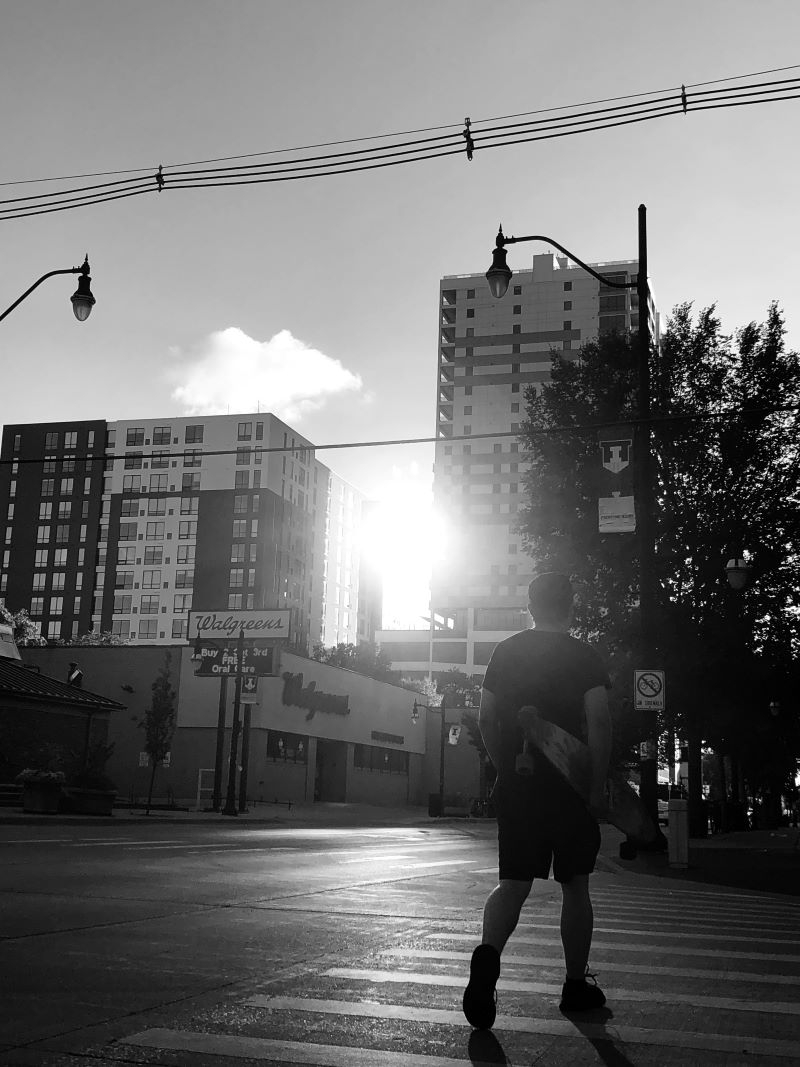
Photo by Kaitlyn Helm.
College teams and conferences, such as the BigTen, SEC, and Pac-12, have found themselves in a similar situation as well. Colleges pose the greatest risk for COVID-19 outbreaks and the decision to close campuses at two hundred cases and ethically reopen at two million weighed heavily on college administrators. The University of Illinois has chosen to return to in-person learning with integrated remote learning as well.
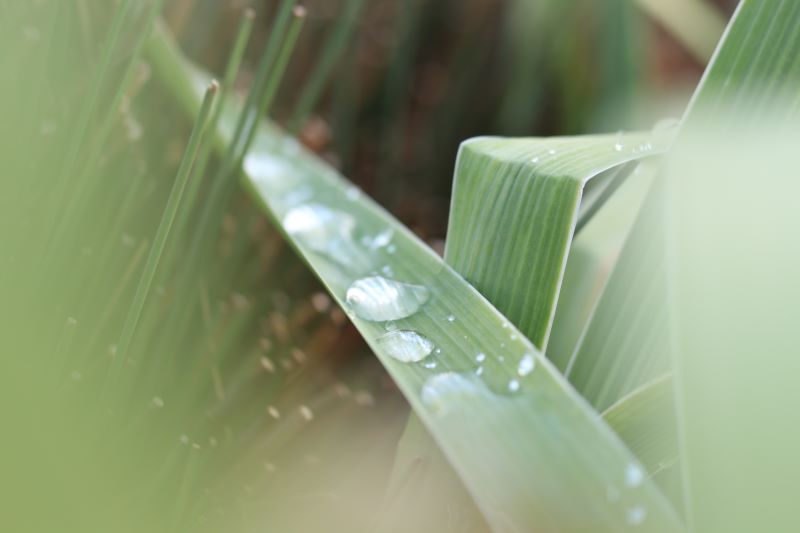
Photo by Grace Brock.
If a global pandemic and national crisis was not enough, the weather in North America has been peculiar over these past few months. On August 11th, a landlocked hurricane or “derecho” struck the Midwest, bringing 150 mile per hour winds, rain, and devastating property damage. Iowa, the epicenter of the derecho, faced ten million acres of crop damage and a multi-billion dollar economic loss. The Midwest also experienced the lowest summer temperatures since 1890, with temperature lows reaching the mid 50s.
Only eight months into the year, 2020 has been one of the most influential and devastating years of modern history. Amidst the untimely deaths of influential celebrities such as Kobe Bryant, catastrophic explosions in Beirut, disastrous wildfires in Australia and North America, a global pandemic, and a national divide, people have found solace and unity in the most unusual of things, such as an eccentric documentary about the exploration of ‘big cat’ and tiger breeding. With a major presidential election approaching and four months left of the year, there is bound to be more breaking news, but at this point in time, it is up to the people to decide how we want to change the rest of 2020 for the better.








